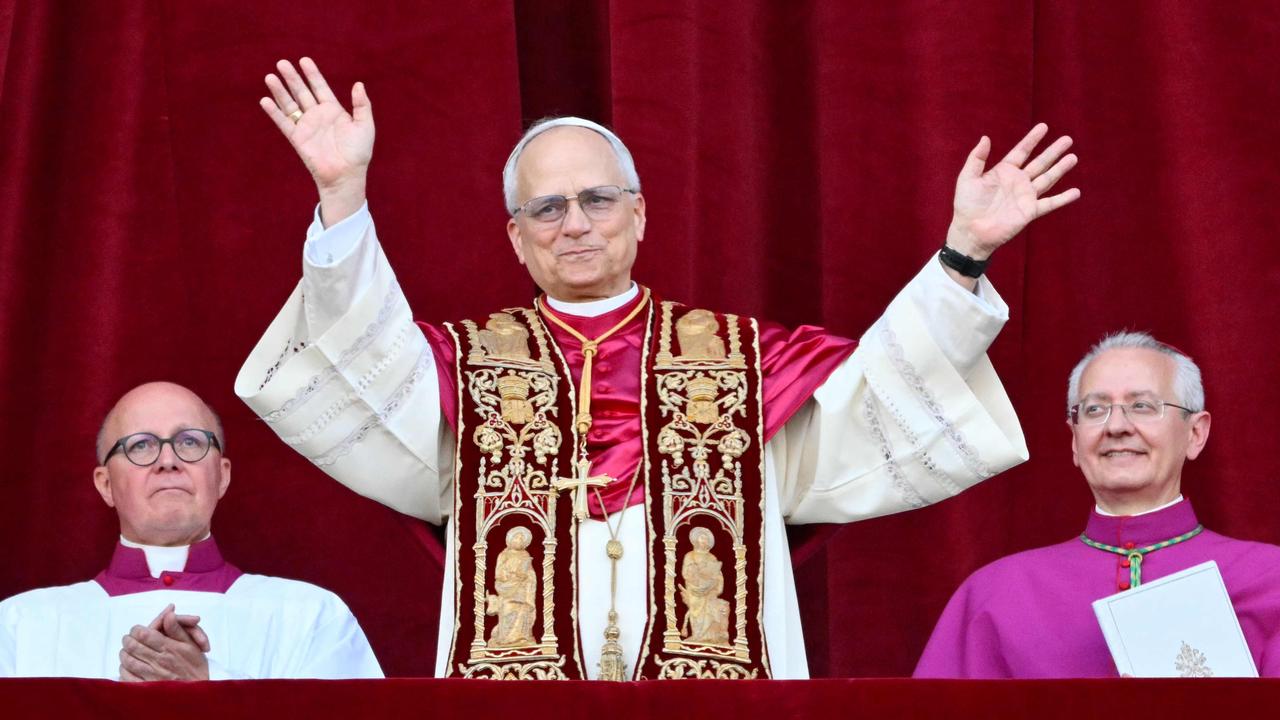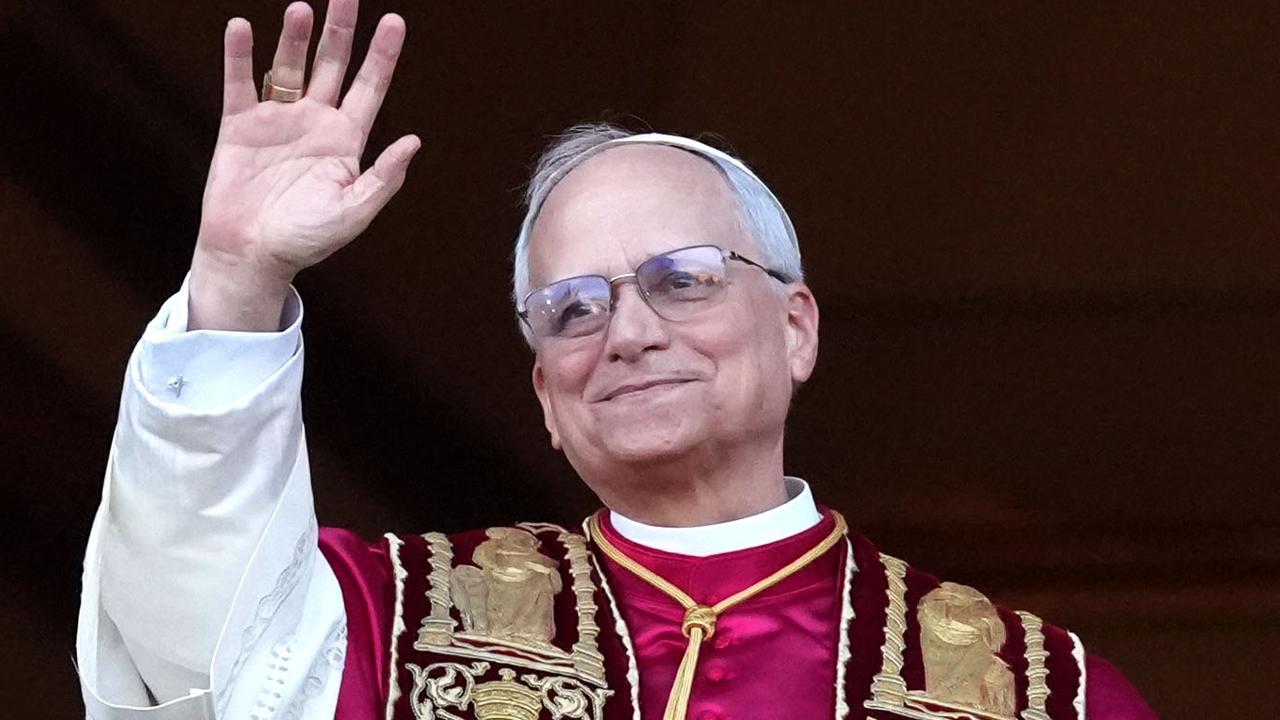Fact v fiction: How Hollywood’s Conclave compares to reality
Streaming numbers for the papal thriller Conclave rose 300 per cent after Pope Francis’ death, as the world suddenly became obsessed by the machinations around electing a new pontiff.
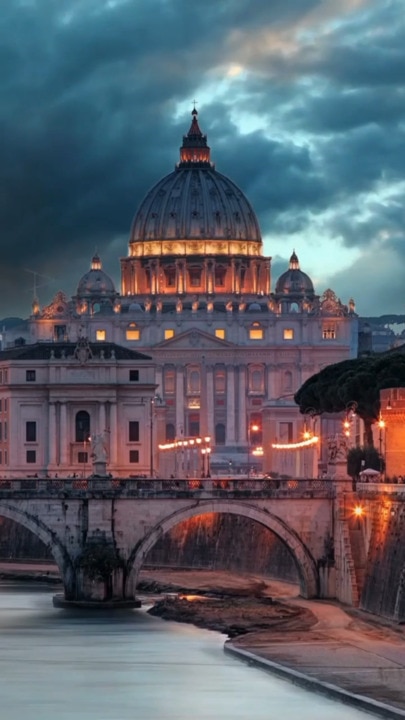
Europe
Don't miss out on the headlines from Europe. Followed categories will be added to My News.
Streaming numbers for the papal thriller Conclave rose 300 per cent after Pope Francis’ death, as the world suddenly became obsessed by the machinations around electing a new pontiff.
The film, based on the 2016 Robert Harris papal thriller, examined the aftermath of the death of the pope and the shady backroom dealings to elect his successor. But how accurate is the film, compared to this week’s actual conclave?
Correctly, the film set its action in (a recreated) Sistine Chapel, the historic Vatican City church where every conclave has been held – sealed off and in secret – since 1878.
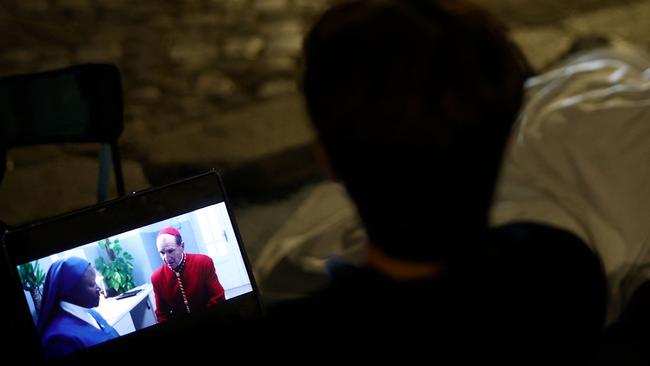
Vatican expert Philip Pullella told the Today show in the US that the film accurately depicts the back room manoeuvring that occurs between cardinals during a papal conclave.
“Keep in mind that cardinals are human beings. They’re political animals as well,” he said.
The film also stayed true to the timeline of past conclaves. Despite the cinematic drama, the onscreen cardinals were pretty efficient, taking three days to elect a new pope. (Recent popes, Francis and Benedict, were both elected after two days, while Pope Leo XIV took one day and 24 minutes.)
But the film strayed from reality in a few areas; the destruction of the papal “Fishermans Ring” wasn’t entirely wrong – it just wasn’t completely accurate, either. In the film, Cardinal Tremblay (John Lithgow) removes the dead pope’s ring immediately after his death, smashing it with a hammer.
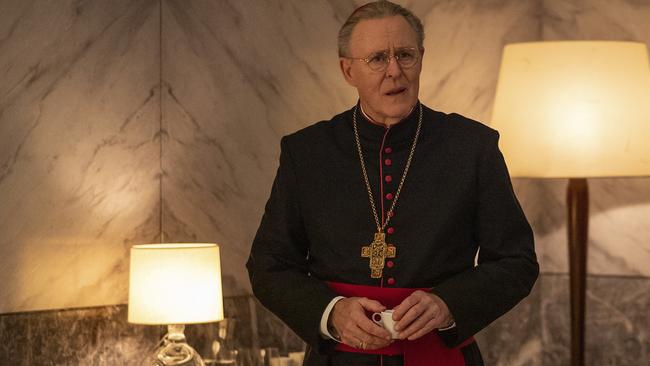
In reality, papal rings haven’t been destroyed since the resignation of Benedict in 2013, merely “defaced”.
The use of black and white smoke flowing from the Sistine Chapel’s chimney (black smoke says no choice has been made, white smoke signifies a new pope has been elected) was shown after every vote in the film but during a real conclave the ballots are burned after every second voting session.
There are two voting sessions per day, and each session has two ballots.
But perhaps the greatest dramatic licence was the behaviour of Cardinal Lawrence and the admission of Cardinal Benitez (Carlos Diehz) to the conclave.
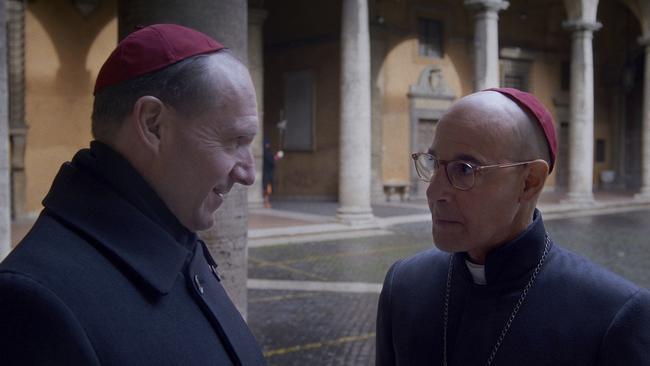
Cardinal Lawrence (Ralph Fiennes) breaks into the dead pontiff’s room looking for evidence of subterfuge which would leave him unable to put himself forth for the papacy, but what is considered worse is his decision to tell another cardinal something that was told to him in confession, which would render him excommunicated.
The unknown Cardinal Benitez is admitted into the conclave “in pectore”, which means in secret. None of the other cardinals know who he is or have heard of him.
This would not have happened because his name would have been known and announced publicly by the pope.
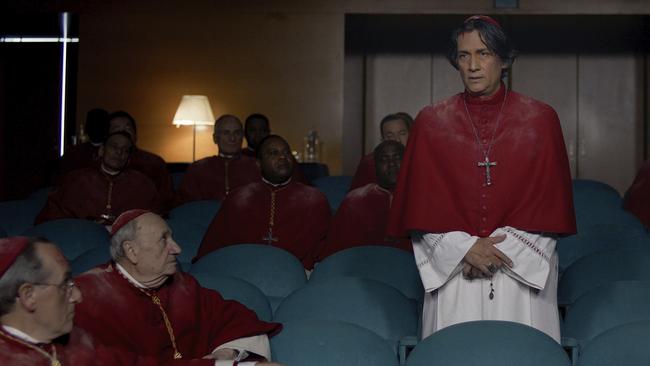
Cardinal Benitez’s age would probably prevent some from voting for him. While his age is not specified in the film, the actor playing him is 54 years old.
The Vatican often considers someone at 65 or 70 as too young.
More Coverage
Originally published as Fact v fiction: How Hollywood’s Conclave compares to reality



